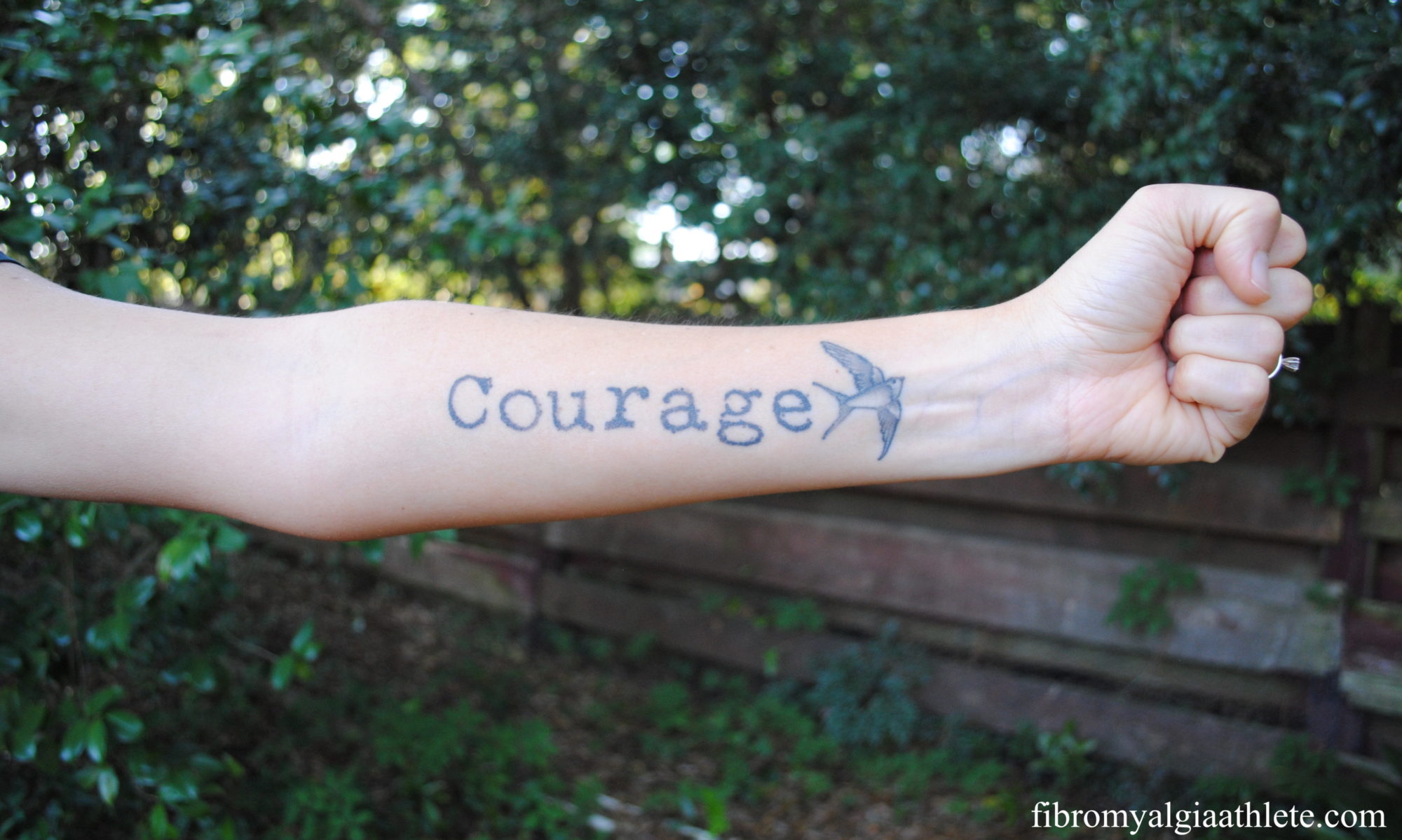
Chronic pain can keep even the most dedicated exercisers from their daily workout. Over the past year, the pain in my back and right hip was so debilitating that I couldn’t get comfortable anywhere. I gave up running (but recently made a comeback!) and weightlifting on top of everything else I’ve given up to fibromyalgia and dystonia over the years. But almost every day, I made a point to get myself out of the house to walk, with the exception of a few days when muscles spasms kept me locked in a fetal ball in the bedroom. My trial and error workouts through fifteen months of low back/hip pain helped me come up with some advice for people who also deal with chronic pain but still want to exercise.
Get Outside
Unless weather-prohibitive, getting outside is often the first step to activity. Chronic pain is depressing and disheartening and can feel like it steals your soul. Stepping or wheeling outside to feel fresh air and hear bird sing is instantly uplifting. Once you’re outside, you’re more likely to at least walk/wheel around the block.
Find Something That Works For You
Maybe you’re a lifelong athlete like me, and “exercise” means soccer, running, or other high-intensity sports. Recognizing that your body no longer cooperates with your mind’s desires is no easy pill to swallow. Find something that works for you. Swimming and water aerobics are usually great workouts for people with chronic pain issues because there’s little impact on the body. While it doesn’t carry the same adrenaline rush of running fast down a hill, walking around your neighborhood can be mentally cleansing and physically uplifting. Just because you can’t do what you used to do doesn’t mean there isn’t something out there that will work for you.
Mind Your Medications
I’ve experienced medication side effects that were worse than the original problem I suffered. Even medications that you might have taken for years can suddenly start reacting differently in your body. Take a few days to list all the medications you take, the time(s) of day you take them, and how they effect your mind and body. You might find that something either doesn’t work for you at all anymore and you need to call your doctor, or that a certain prescription makes you feel exhausted. Once you’re more aware of what you’re taking and what it’s doing to you, it can be easier to decide on a time of day that’s best for activity.
If At First You Don’t Succeed…
Keep trying. Chronic pain is a nasty demon, but some days you might be capable of things that other days just won’t work. I’ve started running again despite feeling for a year that I’d never be able to run a step. I stuck to a strict stretching routine every night, and eventually the flexibility gained in my legs helped me return to running about 20 minutes every other day. That’s nothing compared to the 2+ hours per day I used to run, but it’s empowering to be back in action. I was afraid to hurt myself and took my return very slowly and carefully and definitely got bad results the first few times I tried. But, eventually, I ran for 5 minutes and felt pretty good, then used that short run as a steppingstone.
Stretch
Flexibility is so important for everybody, but especially for chronic pain patients. Range of motion in joints can be severely limited by tight muscles, and the less you move around, the tighter those muscles become. Many medical conditions contribute to severe muscle spasms (I have cervical dystonia) that can’t be undone, but for the most part, at least some area of your body is probably accessible to stretch. I found that even on my worst days, stretching my hamstrings helped relieve low back pain. You don’t have to do anything drastic—just gentle stretching will help. A physical therapist can be a great resource to set you on a safe path to a more flexible body.
Good luck to you! Chronic pain is awful, but reclaiming your life and moving your body can do worlds of good.
Of course, like all things health-related, ask your healthcare professional before undertaking anything out of the ordinary. Everybody’s medical conditions are different and should be respected as such. Exercise is great medicine, but make sure you get cleared to participate first!
